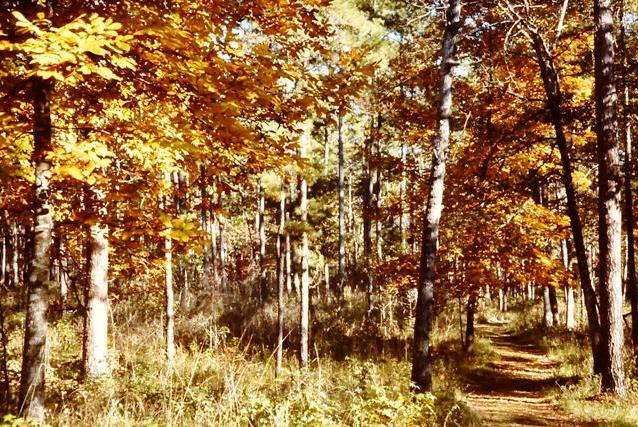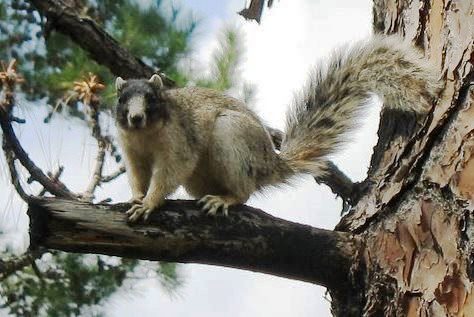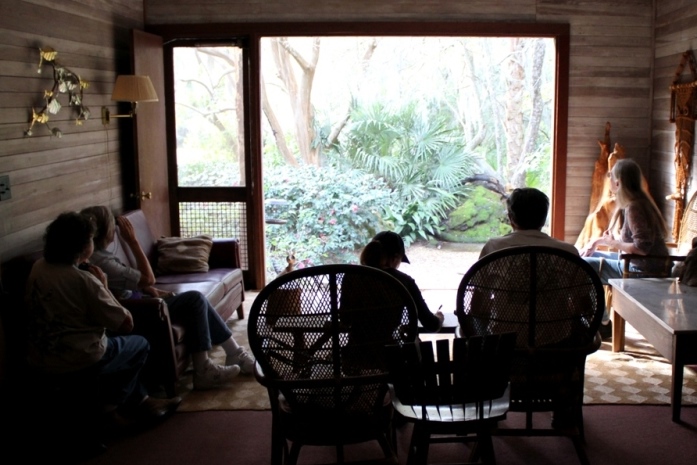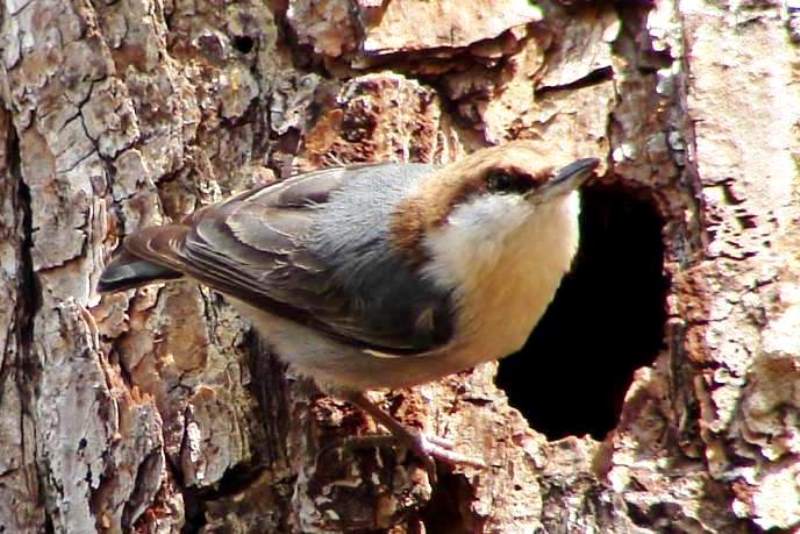Birdsong Nature Center is a 501c(3) non-profit organization founded on April 23, 1986. Our mission is to foster awareness, understanding, and appreciation of nature and its interrelationships.
 Our goals are:
Our goals are:
• To educate and inspire leaders, teachers, and the public about the natural world through direct discovery and hands-on learning,
• To promote a sense of personal responsibility for the environment; and,
• To manage Birdsong’s acreage as a living museum and outdoor classroom by encouraging diversity of plants, animals, and habitats through the use of ecologically appropriate land management practices.
History of Birdsong (1920's-To-Present) - G. B. Waldorf, 1991
..The twentieth-century Birdsong represents the region’s strong tradition of private large-acreage conservation, the birth of modern wildlife management, the visible legacy of the Komareks on their home plantation, and the current transformation into Birdsong Nature Center..
In the 1920’s, the American Forestry Association unleashed its “Dixie Crusaders” across the South. They preached the evils of all fire, including the traditional burning used in agricultural practices.
 Game plantation owners in the Thomasville and Tallahassee area hired Herbert L. Stoddard of the U.S. Biological Survey (now the U.S. Fish and Wildlife Service) to study the resultant decline of the bobwhite quail. The 1931 publication of Stoddard’s "The Bobwhite Quail, Its Habits, Preservation, and Increase", included a section on the value of fire in wildlife management. The book is considered a landmark work and Stoddard has been called the father of modern wildlife management.
Game plantation owners in the Thomasville and Tallahassee area hired Herbert L. Stoddard of the U.S. Biological Survey (now the U.S. Fish and Wildlife Service) to study the resultant decline of the bobwhite quail. The 1931 publication of Stoddard’s "The Bobwhite Quail, Its Habits, Preservation, and Increase", included a section on the value of fire in wildlife management. The book is considered a landmark work and Stoddard has been called the father of modern wildlife management.
By the early 1930’s there were well over 200 hunting plantations with an average size of about 10,000 acres scattered across the southeast. Stoddard, through the Cooperative Quail Study Association (1931 – 1943), an organization of plantation owners, continued to observe quail and quail management practices. In 1934 he hired E. V. (Ed) Komarek, a biology student at the University of Illinois, to assist him.
The Komareks – Ed, his wife Betty, and his brother Roy – purchased the 565-acre Birdsong Plantation in 1938 from the Dickey family, the ancestors of whom had moved to the area from South Carolina around 1830.
 It was adjacent to Stoddard’s property, Sherwood Plantation. Seventy-five acres were tillable but most of the rest was overgrown, abandoned fields. Using prescribed burning and minor machinery, the Komareks cleared the land, planting grasses and creating pasture for a livestock farm. They also set aside natural areas for wildlife.
It was adjacent to Stoddard’s property, Sherwood Plantation. Seventy-five acres were tillable but most of the rest was overgrown, abandoned fields. Using prescribed burning and minor machinery, the Komareks cleared the land, planting grasses and creating pasture for a livestock farm. They also set aside natural areas for wildlife.
Beginning in the 1940’s the Komareks developed the habitat diversity still dominant at Birdsong today. Worn-out fields were rebuilt through cover crops and rotations, creating the first improved pastures in the area. Two hundred head of cattle grazed the approximately 400 acres of pasture. Groups of farmers visited Birdsong to study both the improved pastures and the cattle operation.
The six acres around the house were purposefully landscaped for the maximum attractiveness to a variety of birds, insects, and butterflies. Betty Komarek was influenced in her selections by Japanese landscaping ideals of beauty, using natural textures of wood, rock, and water. Plants were selected for year-round flowers and berries.
Betty’s degree was in education, with highest honors in botany. She taught at Florida State College for Women (now Florida State University) one year, then put her experience and education to practice at Birdsong.
 Building on her teacher training, combined with insights from their children, Betsy and Eddie, and their friends, Betty developed educational programs for scouts, 4-H clubs, school groups, teachers, scout leaders, and garden clubs. People as well as wildlife flocked to the bird feeders and gardens of Birdsong. A double window in the dining area provided a limited view of the lushly landscaped feeder area – previously a barren chicken yard. The large plate-glass ‘bird window’ was added to the house in 1958 to facilitate group viewing. Betty has since designed bird windows for the Tallahassee Junior Museum, Bok Towers (Lake Wales, FL), Tall Timbers Research Station, and several private residences.
Building on her teacher training, combined with insights from their children, Betsy and Eddie, and their friends, Betty developed educational programs for scouts, 4-H clubs, school groups, teachers, scout leaders, and garden clubs. People as well as wildlife flocked to the bird feeders and gardens of Birdsong. A double window in the dining area provided a limited view of the lushly landscaped feeder area – previously a barren chicken yard. The large plate-glass ‘bird window’ was added to the house in 1958 to facilitate group viewing. Betty has since designed bird windows for the Tallahassee Junior Museum, Bok Towers (Lake Wales, FL), Tall Timbers Research Station, and several private residences.
The kitchen and adjacent bird-watching window were the sites of frequent visits and meetings. Scientists and naturalists from around the world, attracted to the south Georgia woods by the pioneering activities in fire experimentation and wildlife management, often stayed at Stoddard’s Sherwood Plantation and took their meals at the Komareks’ Birdsong. The creation of Tall Timbers Research Station in 1958 as an experimental station for ecological research and study grew from these scientific visits and discussions. Research and the fire conferences sponsored by Tall Timbers have changed the nation’s thinking about the role of fire in the environment.
Betty began organizing leadership training sessions in 1981 to encourage teachers and naturalists to share their  knowledge and love of nature.
The participants and other dedicated volunteers expanded the nature study activities offered and Birdsong Nature Center was incorporated as a non-profit in 1986.
knowledge and love of nature.
The participants and other dedicated volunteers expanded the nature study activities offered and Birdsong Nature Center was incorporated as a non-profit in 1986.
Through the Komareks’ foresight and generosity, Birdsong will be managed and preserved as a showplace of habitat and wildlife diversity, fostering an appreciation of nature by providing natural history programming for the public.
The twentieth-century Birdsong represents the region’s strong tradition of private large-acreage conservation, the birth of modern wildlife management, the visible legacy of the Komareks on their home plantation, and the current transformation into Birdsong Nature Center.
- G. B. Waldorf, 1991



